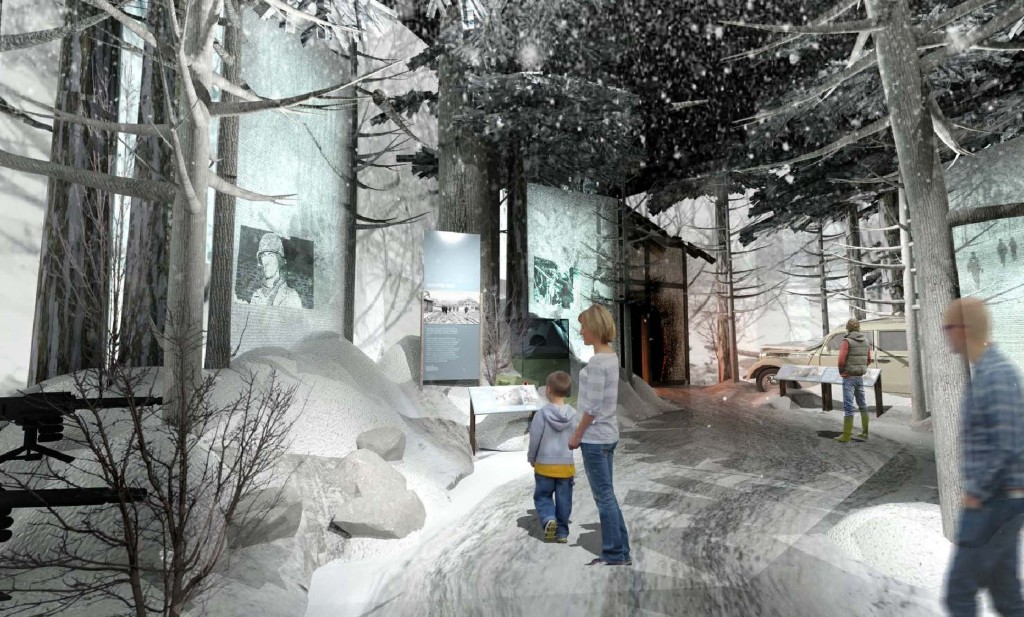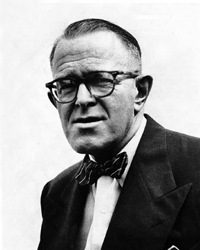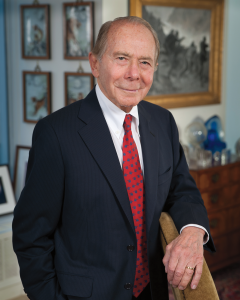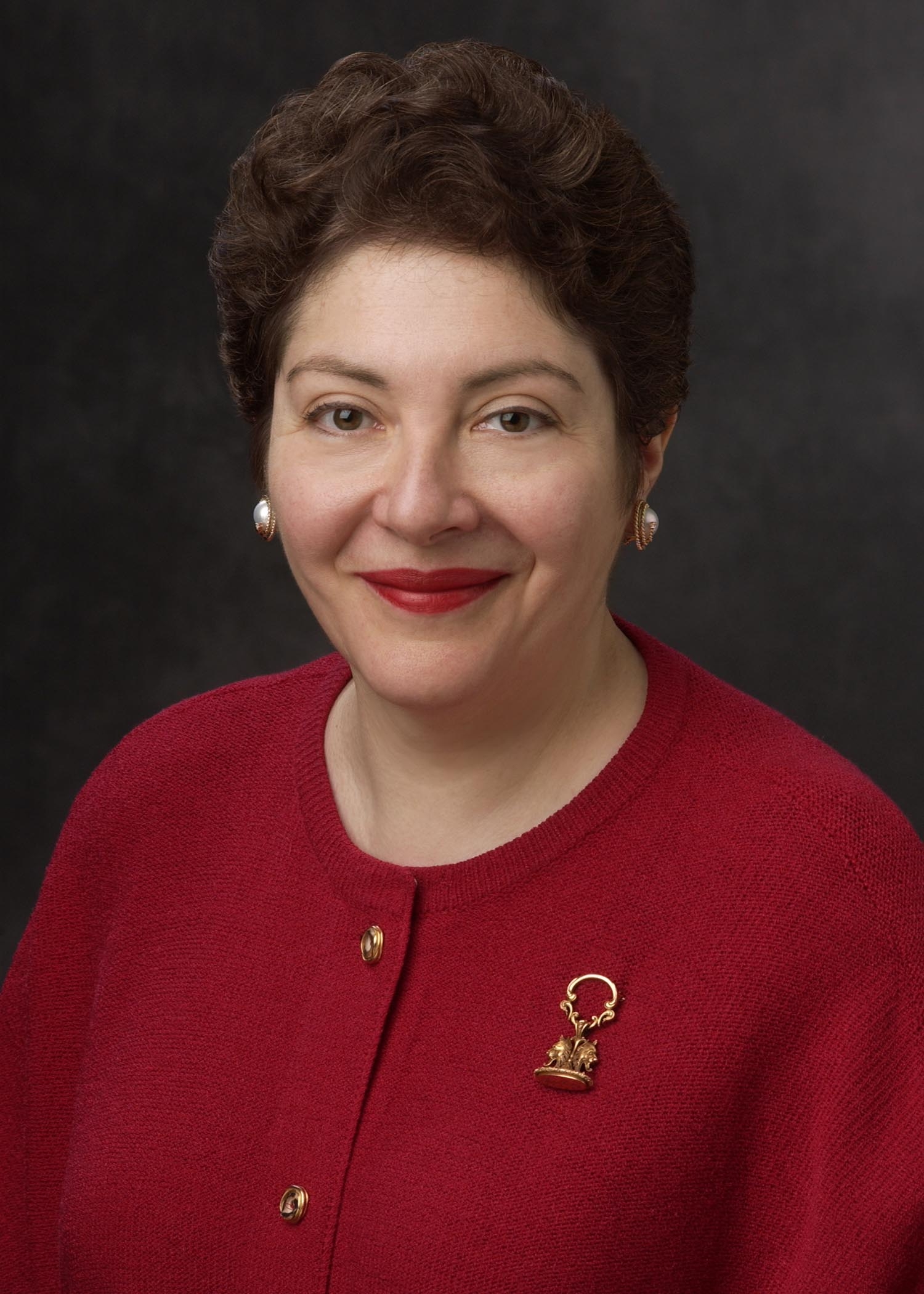COUNTDOWN TO ROAD TO BERLIN: BATTLE OF THE BULGE
 As we continue our journey through The Road to Berlin, we stop next at what will be an extraordinary immersive gallery space, the month-long Battle of the Bulge – the US Army’s largest battle of World War II. Grappling with bitterly cold weather, more than 30 divisions and 600,000 men fought desperately to halt the Germans after the surprise assault in December 1944. Walking through the gallery, you will be surrounded by the dense, snow-covered Ardennes forest, with projections of soldiers and battle scenes partially visible through the trees, allowing you to sense the extreme environmental conditions that made this battle one of the most difficult of the war. Oral history stations, artifacts, and content panels will guide you from the surprise German attack to the Siege, to the ultimate hard-won Allied victory. Finally, you will join the Allies as they push through the German border and write the final chapter in the war in Europe – the fall of the Third Reich.
As we continue our journey through The Road to Berlin, we stop next at what will be an extraordinary immersive gallery space, the month-long Battle of the Bulge – the US Army’s largest battle of World War II. Grappling with bitterly cold weather, more than 30 divisions and 600,000 men fought desperately to halt the Germans after the surprise assault in December 1944. Walking through the gallery, you will be surrounded by the dense, snow-covered Ardennes forest, with projections of soldiers and battle scenes partially visible through the trees, allowing you to sense the extreme environmental conditions that made this battle one of the most difficult of the war. Oral history stations, artifacts, and content panels will guide you from the surprise German attack to the Siege, to the ultimate hard-won Allied victory. Finally, you will join the Allies as they push through the German border and write the final chapter in the war in Europe – the fall of the Third Reich.
Donor Spotlight- The Starr Foundation
The Battle of the Bulge gallery has been made possible through a generous gift from The Starr Foundation. The Foundation was established in 1955 by Cornelius Vander Starr, who served in the US Army during WWI. He died in 1968 at the age of 76, leaving his estate to the Foundation, and he named his business partners – Ernest E. Stempel, John J. Roberts, Houghton Freeman, and Maurice R. “Hank” Greenberg – to run the foundation under Greenberg’s leadership. The partners were all WWII veterans: Stempel, Roberts, and Freeman all served in the Navy in the Pacific and Greenberg served in the Army in Europe.
Greenberg served throughout the European Theater – from landing on the beaches of Normandy to fighting in the Battle of the Bulge to the liberating concentration camps in Germany. In recognition of his service and contributions to the Allied victory, Greenberg received the Legion of Honor from the French government on the 70th Anniversary of D-Day earlier this year. When being praised for his brave military service, Greenberg responds that he was “only one of millions of WWII veterans who fought for our country.”
Florence A. Davis, President of The Starr Foundation, remembers when Museum founder Stephen Ambrose first met Greenberg in 2001. Tom Brokaw arranged the meeting and shortly thereafter The Starr Foundation awarded the Museum a $1 million grant in support of the institution then known as The National D-Day Museum.
During this time the Museum was also building out its D-Days of the Pacific galleries within the Louisiana Memorial Pavilion. The Foundation chose to name the Introduction Gallery to honor the service of The Starr Foundation directors, particularly the three that served in the Pacific. Eager to dedicate a space that would preserve the story of the European Theater in Greenberg’s honor, The Starr Foundation generously provided an additional gift in 2010 in support of the Museum’s Road to Victory Capital Campaign to name the Battle of the Bulge gallery.
Davis first visited the Museum in late 2001, soon after the attacks on 9/11, and she recalled the Museum was “a good reminder of the ideals that Americans fought for in the past and what we continue to fight for today.” Her late father also served in the Navy from 1944 to 1946. He passed away when she was young and, as it has for so many others, the Museum provided her an indirect way to learn about his experiences and life during the war.
One of The Starr Foundation’s focuses is to “invest in education and international affairs,” Davis explained. “The Museum is place for families to learn about American and world history. Visitors gain a sense of how the American system of government worked under circumstances of global combat. The Museum educates visitors about the positive lessons of how the country pulled together on rationing, war bonds, and enlistment in huge numbers, as well as the negative lessons of the (racial) segregation of troops and internment of Japanese Americans. Understanding the entire history of WWII, warts and all, is very important.”
The Museum’s growth and impact can be attributed in part to The Starr Foundation’s tremendous support of the Museum’s capital expansion. We feel privileged to honor the service of The Starr Foundation’s directors, a group of heroes whose service and sacrifice preserved the freedoms we have today. The Museum is grateful for the Foundation’s support and for the leadership of Greenberg and Davis, who have played key roles in developing the Museum into a world-class institution.
Post by Katie DeBruhl, Donor Relations Coordinator at The National WWII Museum.
- Posted :
- Post Category :
- Tags : Tags: Battle of the Bulge, Road to Berlin Countdown
- Follow responses to this entry through the RSS 2.0 feed. You can skip to the end and leave a response. Pinging is currently not allowed.







Leave a Reply